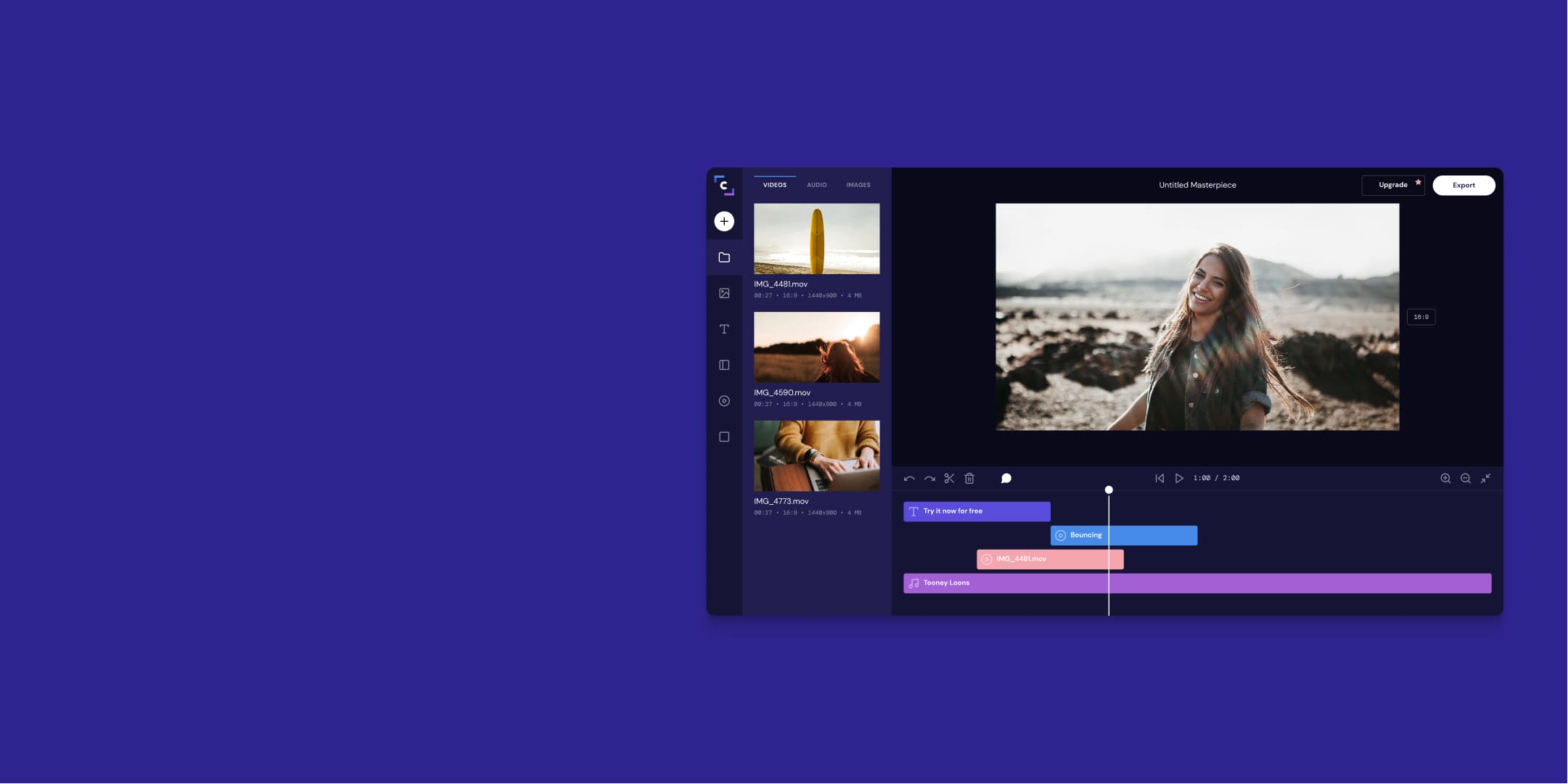

$50 million in revenue in 2007, and $150 million in 2008. In June 2008 we compared the Flip to a cheap Canon camera, and the Flip lost the battle.

Most people just bought a high end video camera, or took quick videos with a point and shoot camera. The cameras were great for low quality YouTube type videos, but they weren’t going to get the company a half billion dollar liquidity event. They also didn’t play nicely with Macs or most video editing software. The camera couldn’t take still photos, and the video quality wasn’t as good as what you get from normal point and shoot cameras. The first “Pure Digital Point & Shoot” video camcorder was released in March 2006 and immediately had some success.īut not enough success. Pure Digital still wanted to build a cheap video camera for the masses, but forget the in store processing and hope of reselling the same camera over and over to multiple people. By this time the company had raised and presumably spent more than $28 million in capital. But the video cameras got atrocious reviews, and it was time to move on to something else. You bought the device for $30, shot video, and returned to a store for processing to a DVD (the cameras were then wiped and resold). Next up was a disposable camcorder, with a similar model. The Pure Digital Camera, at $20, just wasn’t appealing to enough people. Those cameras weren’t a commercial success because of the unexpectedly quick shift towards cell phone cameras.


 0 kommentar(er)
0 kommentar(er)
